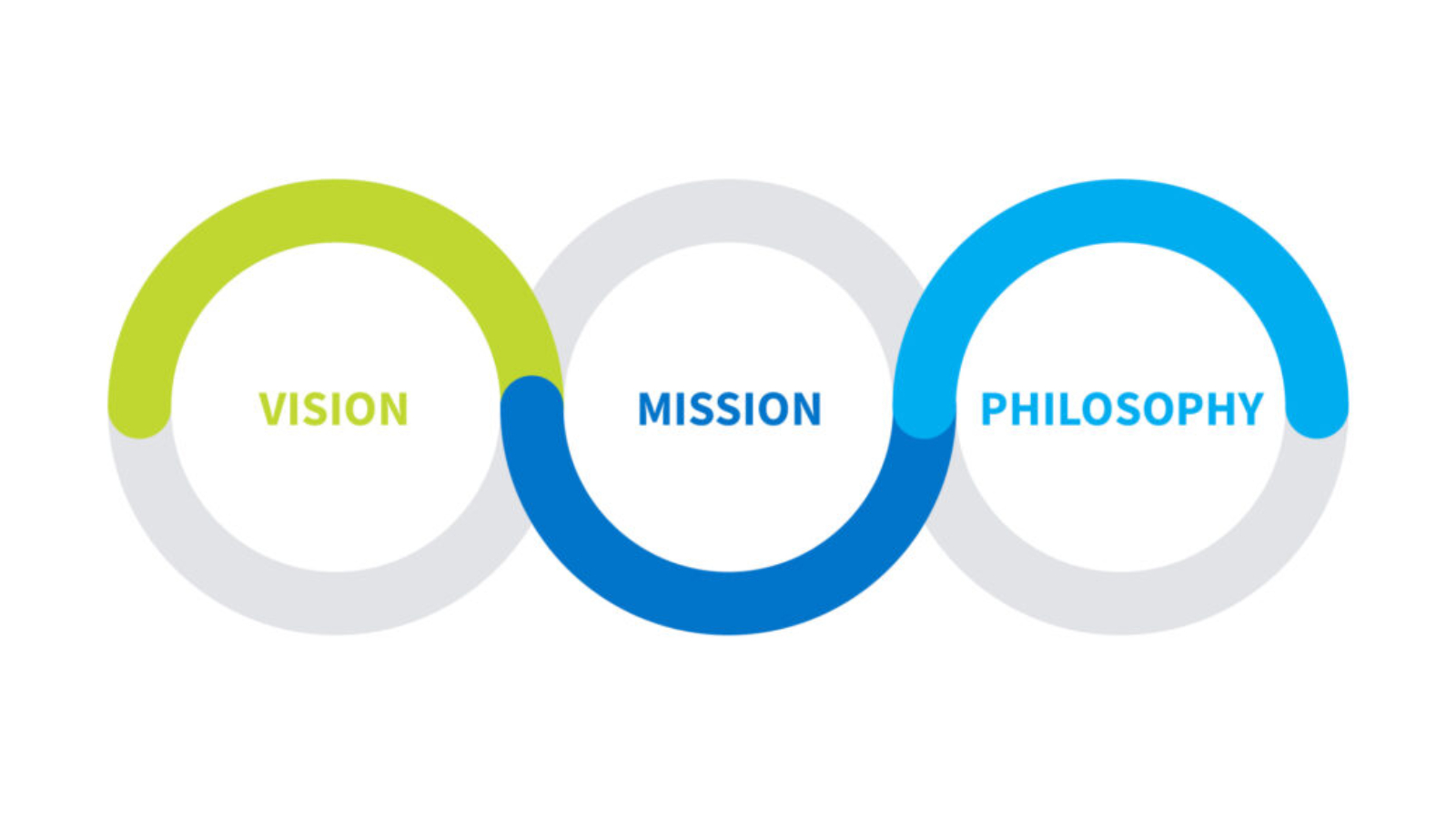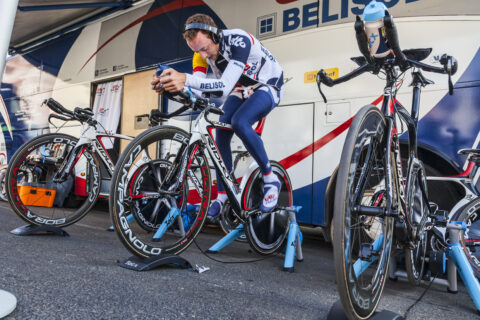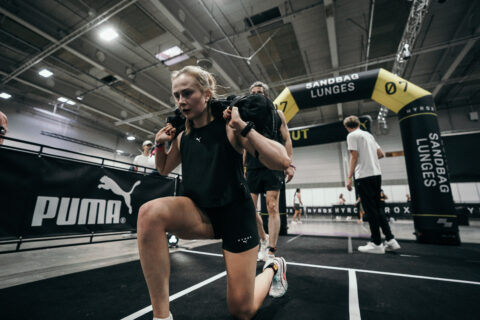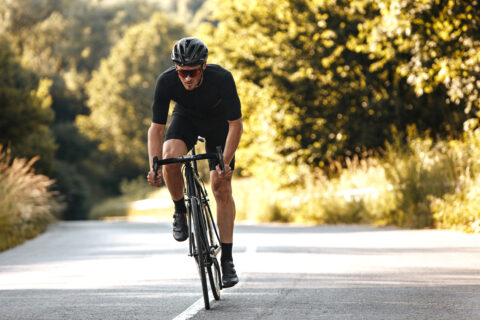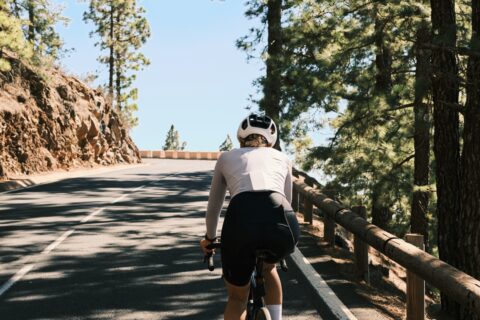Dr. Andy Kirkland outlines what it will take for an aspiring young triathlete to go pro, illuminating a biopsychosocial approach to season planning.
Dr. Andy Kirkland outlines what it will take for an aspiring young triathlete to go pro, illuminating a biopsychosocial approach to season planning.
